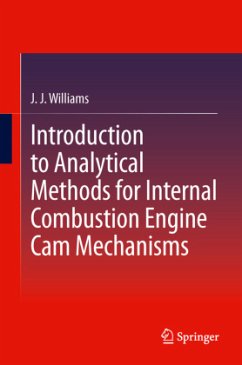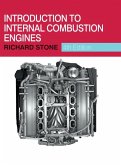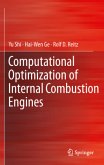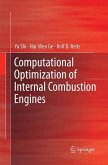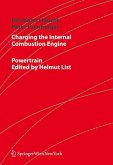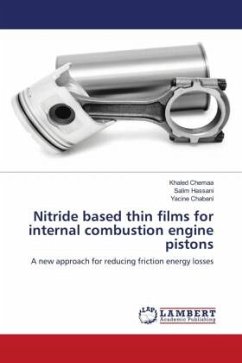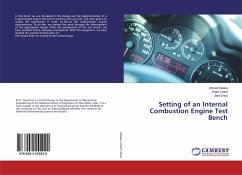Modern design methods of Automotive Cam Design require the computation of a range of parameters. This book provides a logical sequence of steps for the derivation of the relevant equations from first principles, for the more widely used cam mechanisms. Although originally derived for use in high performance engines, this work is equally applicable to the design of mass produced automotive and other internal combustion engines. This work may also be applicable for cams used in other areas such as printing and packaging machinery.
Introduction to Analytical Methods for Internal Combustion Engine Cam Mechanisms provides the equations necessary for the design of cam lift curves with an associated smooth acceleration curve. The equations are derived for the kinematics and kinetics of all the mechanisms considered, together with those for cam curvature and oil entrainment velocity. This permits the cam shape, all loads and contact stresses to be evaluated, and the relevant tribology to be assessed. The effects of asymmetry on the manufacture of cams for finger follower and offset translating curved followers is described, and methods for transformation of cam shape data to that for a radial translating follower are given. This permits the manufacture and inspection by a wider range of CNC machines.
The calculation of unsteady camshaft torques is described and an outline given for evaluation of the components for the lower engine orders. Although the theory, use and design, of reactive pendulum dampers are well documented elsewhere, these subjects have also been considered for completeness. The final chapter presents analysis of push rod mechanisms, including a four bar chain mechanism, which is more robust
Written both as a reference for practising automotive design and development Engineers, and a text book for automotive engineering students, Introduction toAnalytical Methods for Internal Combustion Engine Cam Mechanisms gives readers a thorough introduction into the design of automotive cam mechanisms, including much material not previously published.
Introduction to Analytical Methods for Internal Combustion Engine Cam Mechanisms provides the equations necessary for the design of cam lift curves with an associated smooth acceleration curve. The equations are derived for the kinematics and kinetics of all the mechanisms considered, together with those for cam curvature and oil entrainment velocity. This permits the cam shape, all loads and contact stresses to be evaluated, and the relevant tribology to be assessed. The effects of asymmetry on the manufacture of cams for finger follower and offset translating curved followers is described, and methods for transformation of cam shape data to that for a radial translating follower are given. This permits the manufacture and inspection by a wider range of CNC machines.
The calculation of unsteady camshaft torques is described and an outline given for evaluation of the components for the lower engine orders. Although the theory, use and design, of reactive pendulum dampers are well documented elsewhere, these subjects have also been considered for completeness. The final chapter presents analysis of push rod mechanisms, including a four bar chain mechanism, which is more robust
Written both as a reference for practising automotive design and development Engineers, and a text book for automotive engineering students, Introduction toAnalytical Methods for Internal Combustion Engine Cam Mechanisms gives readers a thorough introduction into the design of automotive cam mechanisms, including much material not previously published.

